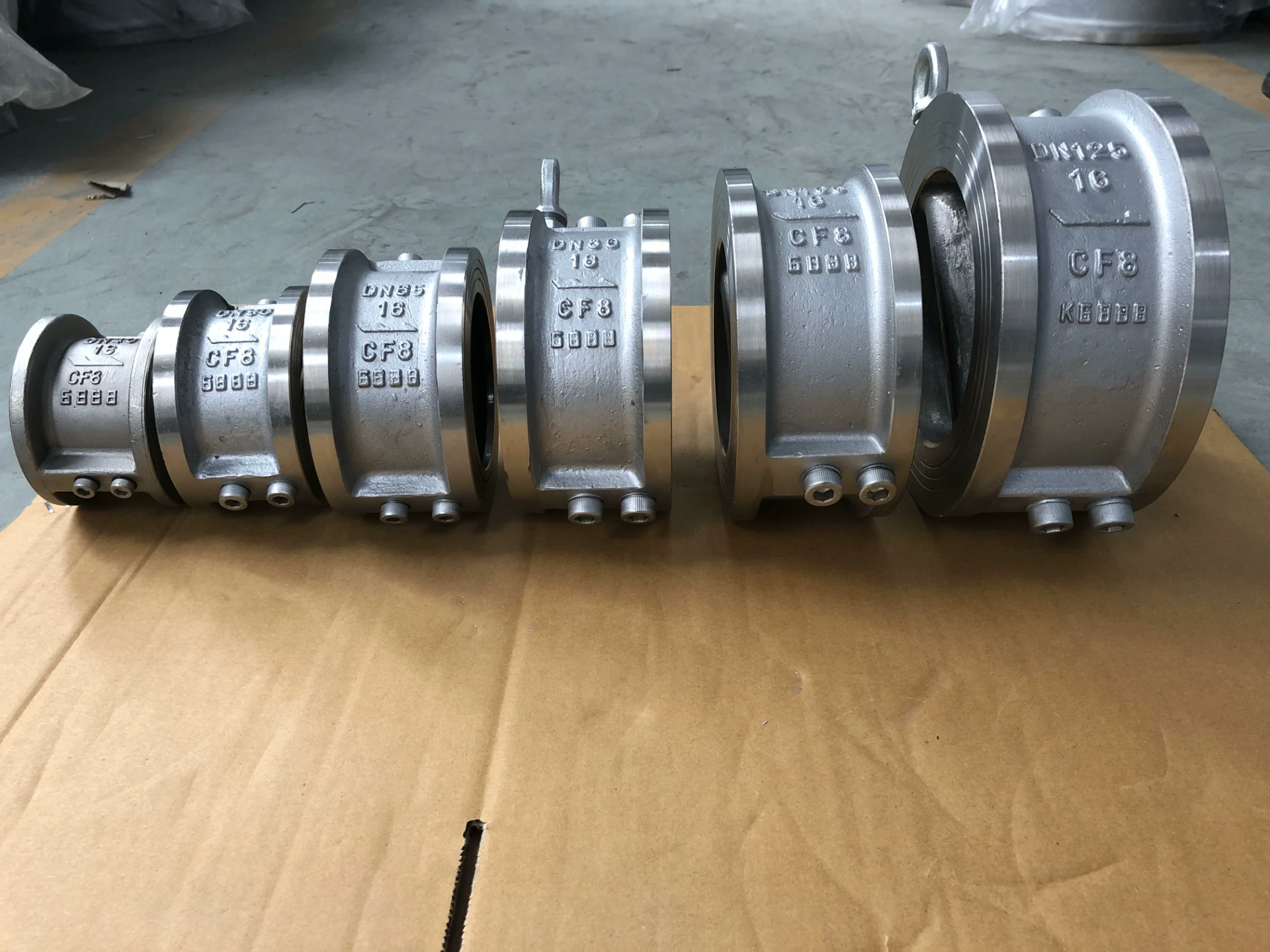Flexible Rubber Expansion Joints for Efficient Pipe System Performance and Durability
An Overview of Rubber Packless Expansion Joints
Rubber packless expansion joints play a crucial role in various industrial applications, acting as vital components that facilitate the offset of thermal expansion, contraction, and vibration in piping systems. Unlike traditional expansion joints that utilize packing, these joints are designed with advanced engineering techniques that eliminate the need for packing materials, offering numerous advantages in terms of performance and maintenance.
What Are Rubber Packless Expansion Joints?
Rubber packless expansion joints are flexible couplings made from high-performance elastomers, engineered to absorb shocks, vibrations, and movements caused by thermal expansion. These joints are commonly used in systems where fluids, such as water, steam, or gases, are transported under varying pressures and temperatures. Their design typically includes a tubular configuration, which enhances flexibility, allowing for significant angular and lateral movements within the piping system.
Key Benefits
1. Flexibility One of the most significant advantages of rubber packless expansion joints is their inherent flexibility. This flexibility enables them to accommodate a range of movements, including axial, lateral, and angular displacements without compromising the integrity of the piping system.
2. Reduced Maintenance Traditional expansion joints often require regular maintenance due to wear and tear on packing materials. Rubber packless joints, on the other hand, are virtually maintenance-free, which leads to reduced downtime and lower overall operational costs. The absence of packing materials means there is less chance of leakage, enhancing system reliability.
3. Vibration Damping These joints effectively dampen vibrations emanating from pumps, compressors, and other machinery. By absorbing these vibrations, they contribute to reduced noise levels within mechanical systems, leading to a more pleasant and efficient working environment.
4. Corrosion Resistance Rubber packless expansion joints are designed to resist corrosion, which is a common issue in industrial environments. The high-quality elastomers used in their construction provide excellent resistance to chemicals and environmental factors, ensuring longevity even in harsh conditions.
rubber packless expansion joints

5. Ease of Installation These expansion joints are typically lightweight and easy to install compared to their traditional counterparts. This ease of installation can translate into significant savings in labor and time during the setup phase of a project.
Applications
Rubber packless expansion joints are widely used across various industries. They are particularly prevalent in
- HVAC Systems In heating, ventilation, and air conditioning systems, these joints help maintain system efficiency by allowing for necessary movements without causing stress on pipes.
- Water and Wastewater Treatment Their resistance to corrosion and ability to handle a range of fluids make them ideal choices for water treatment facilities.
- Power Generation In power plants, these joints are used to manage the thermal expansion of pipes transporting steam and hot water, ensuring the efficient operation of the plant.
- Oil and Gas The flexibility and chemical resistance of rubber packless expansion joints make them suitable for pipelines in the oil and gas sector, where they can handle various types of fluids and gases under high pressure.
Conclusion
Rubber packless expansion joints represent a significant advancement in expansion joint technology, providing reliable performance and substantial benefits in maintenance and longevity. Their versatility, combined with their ability to handle thermal expansion and vibrations, makes them an essential component in countless industrial applications. As industries continue to seek out efficient and cost-effective solutions, the role of rubber packless expansion joints is likely to grow, ensuring the smooth operation of piping systems across various sectors. By choosing the right type of expansion joint for a specific application, operators can ensure the durability and efficiency of their systems for years to come.
-
The Key to Fluid Control: Exploring the Advantages of Ball Valves in Industrial SystemsNewsJul.09,2025
-
The Versatile World of 1, 2, and 3 Piece Ball ValvesNewsJul.09,2025
-
Stainless Steel Ball Valves: The Ideal Choice for Efficient Flow ControlNewsJul.09,2025
-
Optimizing Fluid Control with Ball Float ValvesNewsJul.09,2025
-
Manual Gate Valves: Essential for Control and EfficiencyNewsJul.09,2025
-
Everything You Need to Know About Butterfly ValvesNewsJul.09,2025
-
The Versatility of Wafer Type Butterfly ValvesNewsJul.08,2025




